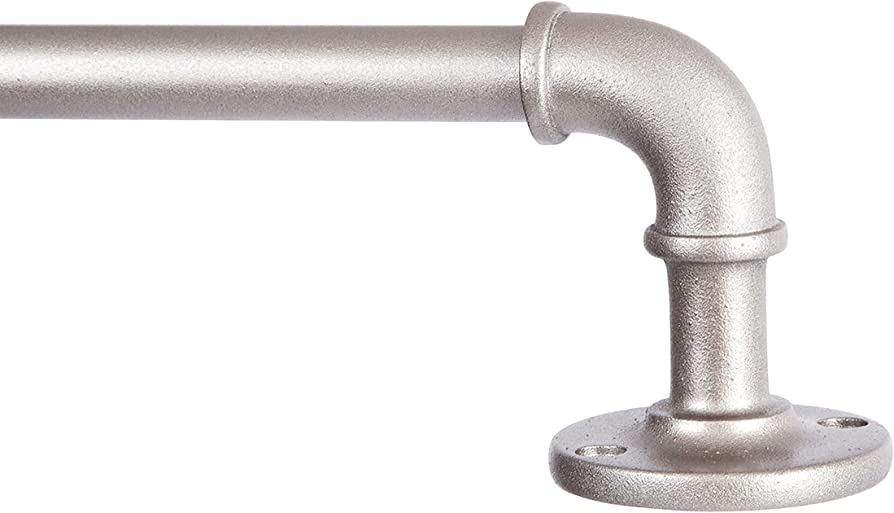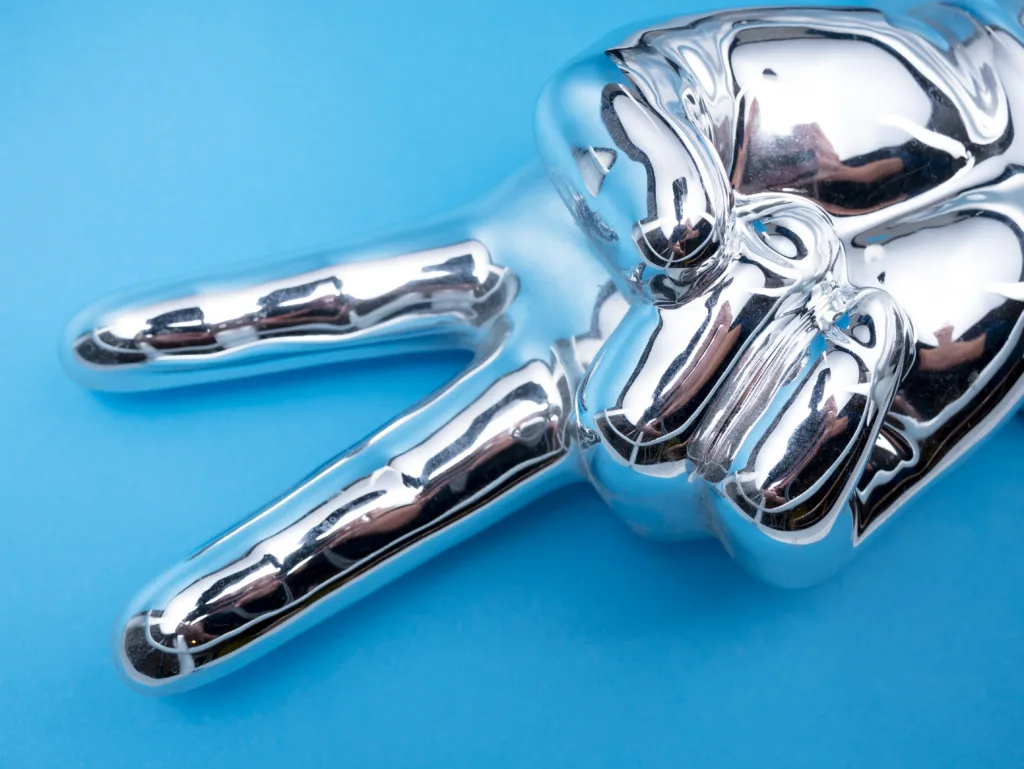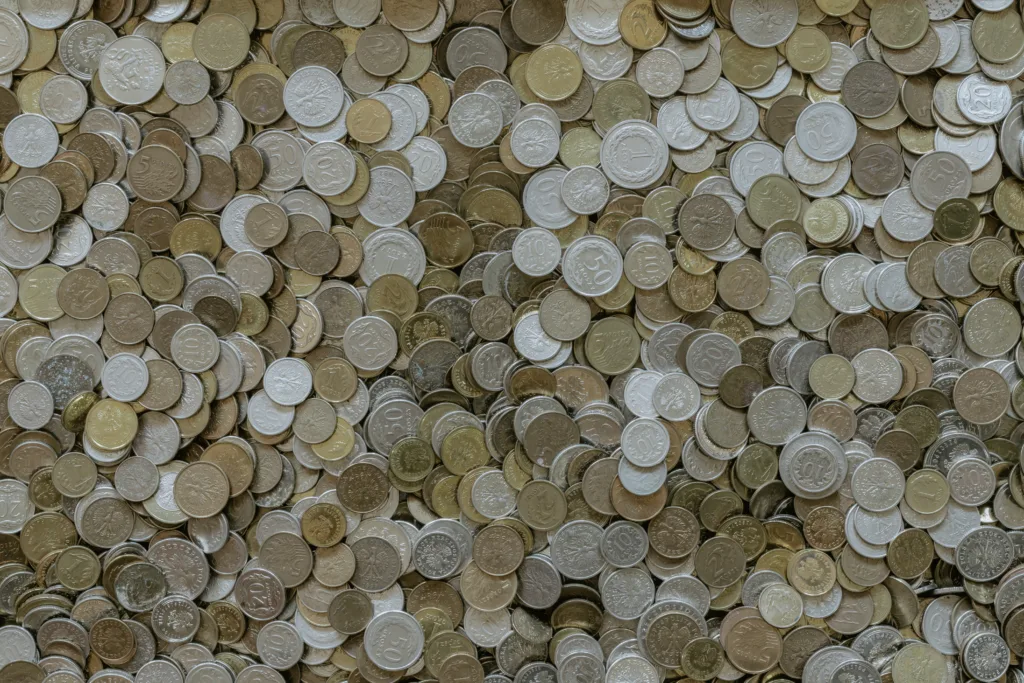Nickel is a popular material used in various industries due to its desirable properties such as high ductility, strength, and corrosion resistance. However, the question that often arises is whether nickel rusts or not. In this blog post, we will explore the corrosion resistance properties of nickel and understand whether it can rust or not.
Nickel is a highly corrosion-resistant metal that exhibits excellent resistance to atmospheric corrosion. Its corrosion rate is typically less than 0.0025 mm/yr, making it an ideal material for various applications. Nickel also has good resistance to many chemical environments, including alkaline and acidic solutions. In addition, it is highly resistant to stress-corrosion cracking and pitting corrosion.
As mentioned earlier, nickel has moderate resistance to seawater. While its corrosion rate is low in fast-flowing seawater, it is susceptible to pitting and crevice corrosion under stagnant conditions. Additionally, nickel can also corrode in the presence of highly acidic or alkaline solutions. However, the rate of corrosion is significantly lower than that of oter metals such as iron or steel.
So, does nickel rust? The answer is no. Rusting is a term used to describe the corrosion of iron and its alloys, which results in the formation of iron oxide or rust. Nickel does not contain iron, and therefore, it cannot rust. Instead, nickel may develop a surface discoloration or patina, which is a natural process due to exposure to environmental factors such as air, water, and sunlight. This patina does not affect the underlying metal and can be easily removed through polishing or other surface treatments.
Nickel is a highly corrosion-resistant metal that does not rust. Its resistance to corrosion makes it an ideal material for various applications such as aerospace, marine, and chemical industries. However, it is essential to consider the specific application requirements and the potential environmental factors that may affect its corrosion resistance. With proper care and maintenance, nickel can provide long-lasting performance and durability.
The Rate of Rusting of Nickel
Nickel and nickel-based alloys are well known for their excellent resistance to rust and corrosion. In fact, they are among the most corrosion-resistant materials available. The corrosion rates for nickel and its alloys are typically less than 0.0025 mm/yr, which is incredibly low. This means that nickel does not rust quickly, and the rate of rusting is quite slow. However, the degree of surface discoloration may vary depending on the specific alloy used. Nevertheless, nickel is an ideal material for applications where corrosion resistance is required.

Source: amazon.com
Does Nickel Rust in Water?
Nickel is generally considered a corrosion-resistant material, but it is not completely immune to rusting or corrosion in water. The extent of its corrosion depends on the type of water and the conditions uner which it is exposed. In fast flowing water, such as in rivers or open ocean, the corrosion rate of nickel is very low, around 0.0005 in/yr. However, in stagnant water, such as in pools or tanks, nickel is susceptible to pitting and crevice corrosion attack, which can result in rusting. Therefore, while nickel’s resistance to rust is moderate, it is important to consider the specific environment in which it will be used to determine its suitability for the application.
The Rust Resistance of Nickel Finish
Nickel finish is rust-resistant. Nickel is a highly corrosion-resistant metal that is oftn used as a plating material for various industrial applications. It forms a protective oxide layer on its surface, which makes it resistant to rust and other forms of corrosion. Nickel finish is commonly used for products that are exposed to moisture and humidity, such as bathroom fixtures, kitchen appliances, and outdoor furniture. It provides a durable and long-lasting protective layer that helps to prevent rust and corrosion, making it an ideal choice for many applications. However, it is important to note that the quality of the nickel finish can vary depending on the manufacturing process and the thickness of the plating.
Metals That Do Not Rust
The metal that does not rust is any pure metal that does not contain iron. Iron is the metal that is prone to rusting when exposed to moisture and oxygen. Among the pure metals, the most well-known ones that do not rust are platinum, gold, and silver. Platinum and gold are highly non-reactive and do not corrode easily, making them ideal for jewelry and industrial applications. Silver, although it can tarnish, is relatively corrosion-resistant and is also widely used in jewelry, tableware, and electronics. Other non-ferrous metals that do not rust include copper, aluminum, brass, and bronze.
Does Nickel Rust or Chrome?
Neither nickel nor chrome rusts in the traditional sense, as they are both corrosion-resistant metals. However, nickel can tarnish more easily than chrome, which means that it can develop a dull or discolored surface over time. This is especially true if the nickel is not properly cared for or if it is exposed to harsh environmental conditions. On the oter hand, chrome is generally more resistant to tarnishing and discoloration, making it a popular choice for applications where durability and aesthetics are important factors. That being said, both nickel and chrome can be susceptible to wear and tear depending on the specific application and the care and cleaning that they receive.

The Corrosive Properties of Nickel
Nickel is not highly corrosive in most environments due to its ability to form a protective oxide layer on its surface. This oxide layer acts as a barrier to prevent further corrosion. However, some environments can still cause corrosion in nickel, especially in the presence of halides or acidic solutions. Furthermore, nickel-based alloys can be susceptible to localised corrosion, such as pitting and crevice corrosion. Therefore, while nickel is generally considered to have good corrosion resistance, it is important to consider the specific environment and application when evaluating its corrosion properties.
The Longevity of Nickel in Nature
Nickel is a naturally occurring element that can be found in a variety of minerals and ores. The metal is typically extracted from iron-nickel sulphides, such as pentlandite. The good news is that nickel is a relatively abundant element, and there are easily workable reserves that will last for many years to come. In fact, annual production of nickel exceeds 500,000 tons, and experts estimate that these reserves will last for at least 150 years. So, in short, nickel is a sustainable and long-lasting resource that can be relied upon for many years to come.
The Toxicity of Nickel on Skin Contact
Nickel can be toxic to touch for some individuals who are sensitive to the metal. Nickel is a common metal found in many objects we use daily, such as jewelry, coins, zippers, and eyeglass frames. When nickel comes into contact with the skin of someone with a nickel allergy, it can cause a variety of symptoms such as redness, itching, rash, and blisters. In severe cases, it can even cause a systemic reaction, leading to nausea, vomiting, and difficulty breathing.
However, for individuals who are not sensitive to nickel, touching it is generally not harmful. It is important to note that prolonged exposure to nickel, especilly through inhalation or ingestion, can have serious health effects, such as lung fibrosis, lung and nasal cancer, cardiovascular and kidney diseases. It is important to handle nickel carefully and avoid excessive exposure to it. while nickel itself is not toxic to touch, it can be harmful to some individuals with a nickel allergy and can have serious health effects with prolonged exposure.
Identifying Nickel Materials
To determine if something is made of nickel, there are several methods available. One way is to use a magnet, as nickel is a ferromagnetic metal and will be attracted to a magnet. However, this method is not foolproof as other metals such as iron and cobalt are also magnetic.
Another way is to use a chemical test. For example, one could use a solution of dimethylglyoxime to test for the presence of nickel. When this solution is added to a sample contaning nickel, it will form a bright red precipitate. However, this method requires access to the chemical and may not be suitable for all situations.
A simpler method is to use a nickel test paper, which is a specially designed paper that changes color when it comes into contact with nickel ions. The paper will turn from a pink to red color, depending on the concentration of nickel ions. This method is non-destructive and does not require any special equipment or chemicals.
There are several methods available to determine if something is made of nickel, including using a magnet, a chemical test, or a nickel test paper. Each method has its advantages and disadvantages, and the most appropriate method will depend on the situation and available resources.

The Benefits of Nickel Coating
Nickel is a highly effective coating material due to its unique combination of properties. It provides excellent corrosion and wear resistance, which makes it suitable for use in a wide range of applications. Additionally, nickel plating can enhance the aesthetic appeal of the coated material by adding brightness and lustre. Furthermore, nickel has excellent adhesion properties, making it an ideal undercoat for subsequent layers of other coatings, such as chromium. nickel is an excellent coating material that can provide a range of benefits and is widely used in various industries.
Comparing Nickel Plating and Stainless Steel
Determining which material is better, nickel-plated or stainless steel, ultimately depends on the intended application and specific requirements. Stainless steel is preferred for its excellent balance of heat and corrosion resistance, making it an ideal choice for applications that require durability, hygiene, and resistance to chemical and environmental factors. On the other hand, nickel plating provdes unique benefits such as increased electrical and thermal conductivity, magnetic properties, and enhanced corrosion resistance.
In general, stainless steel is a more popular choice for applications where durability and longevity are crucial, such as in the food industry or marine environments. Nickel plating is commonly used for applications where electrical conductivity is critical or where a decorative finish is required.
It’s important to note that both materials have their unique advantages and disadvantages, and the selection of the right material should be based on specific application requirements. Factors such as budget, temperature, and environmental exposure should also be considered when choosing between nickel-plated or stainless steel materials.
Disadvantages of Nickel Plating
Nickel plating, specifically electrolytic nickel plating, has a few disadvantages that should be taken into consideration. Firstly, it only works on conductive materials which limits the range of materials that can be plated. Additionally, the lack of uniformity in the plating process can result in less corrosion resistance and less friction resistance, which may not be suitable for certain applications. Furthermore, the plated surface may be prone to cracking or damage due to stress or other environmental factors. These factors should be considered when deciding whether nickel plating is the appropriate choice for a particular application.
The Cheapest Metal That Does Not Rust
The cheapest metal that doesn’t rust is galvanized steel. Galvanized steel is steel that has been coated with a layer of zinc to protect it from rust and corrosion. Zinc is a low-cost metal that is readily available, making it an affordable option for rust-resistant metal. The layer of zinc provides a barrier between the steel and oxygen, preventing the steel from rusting. Galvanized steel is commonly used in construction, automotive manufacturing, and household appliances due to its low cost and rust-resistant properties.
Which Metals Rust the Fastest?
Iron and its alloys, such as steel, are the metals that rust the fastest. This is because rusting is a form of corrosion that occurs when metal reacts with oxygen and water to form a new compound called iron oxide, wich is also known as rust. Iron rusts relatively quickly, especially when it is exposed to water and oxygen, and can begin to rust within a few hours. Other metals, such as aluminum and copper, may also corrode, but they do not rust in the same way as iron does. However, the rate of corrosion for these metals depends on several factors, including the metal’s composition, the environment in which it is located, and the presence of other chemicals or substances that may accelerate or slow down the process of corrosion.
Metals That Do Not Rust
There are several types of metals that do not rust, including stainless steel, aluminum, copper, and brass. Stainless steel is a popular choice for items that require resistance to rust and corrosion, such as kitchen appliances, cutlery, and medical equipment. This is because stainless steel contais at least 10.5% chromium, which creates a protective layer on the surface of the metal that prevents rust from forming. Aluminum is another non-rusting metal that is lightweight and commonly used in construction, transportation, and packaging. Copper and brass are also resistant to rust and are often used in plumbing and electrical applications. there are many metals that do not rust and each has its own unique properties and applications.
Conclusion
While nickel is generally considered a corrosion-resistant material, it is not completely immune to rust or other forms of corrosion. Its resistance to rust is dependent on the environment it is exposed to, and it is important to note that stagnant conditions can make nickel susceptible to pitting and crevice corrosion. However, in fast-flowing seawater, its corrosion rate is very low. the corrosion rates for nickel and nickel-based alloys are typically less than 0.0025 mm/yr, making them a popular choice for industrial applications where corrosion resistance is crucial. While platinum, gold, and silver are considered precious metals due to their non-reactive nature and resistance to rust, nickel remains a reliable and cost-effective option for many industries.
